
Orthopedic Surgery

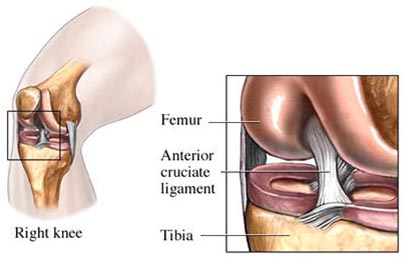 |
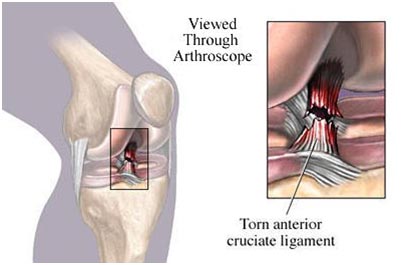 |
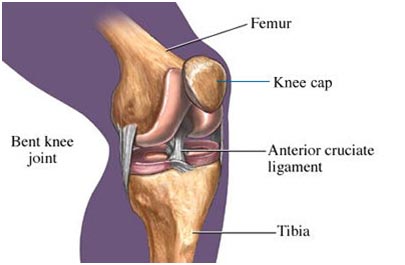 |
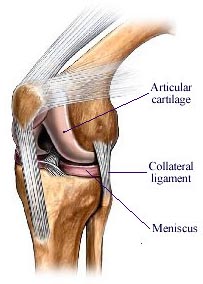 |
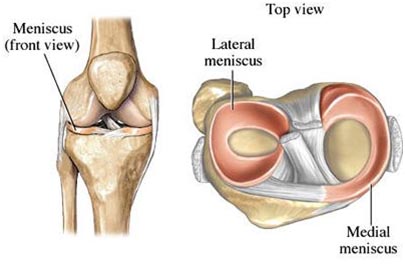 |
 It is important to keep in mind that surgery to reconstruct a torn ACL is not an emergency for most people. Many people with a torn ACL do not need surgery at all. Even though the chances for complete success from surgery are now excellent, surgery is not for everyone. This is because not everyone needs the ligament repaired to return to his or her pre-injury level of function. It is important to distinguish whether the work, recreational, and athletic activities of the person is light, moderate, or strenuous. Another important issue that needs to be understood by the individual considering ACL reconstruction is that it requires many weeks and months of hard work in rehabilitation following the reconstruction. This needs commitment and time.
It is important to keep in mind that surgery to reconstruct a torn ACL is not an emergency for most people. Many people with a torn ACL do not need surgery at all. Even though the chances for complete success from surgery are now excellent, surgery is not for everyone. This is because not everyone needs the ligament repaired to return to his or her pre-injury level of function. It is important to distinguish whether the work, recreational, and athletic activities of the person is light, moderate, or strenuous. Another important issue that needs to be understood by the individual considering ACL reconstruction is that it requires many weeks and months of hard work in rehabilitation following the reconstruction. This needs commitment and time.
| Need To Know: |
|
| Need To Know: |
|
What to tell your doctor: Be sure to tell your doctor:
Also tell your doctor if you develop any of these symptoms prior to surgery:
|
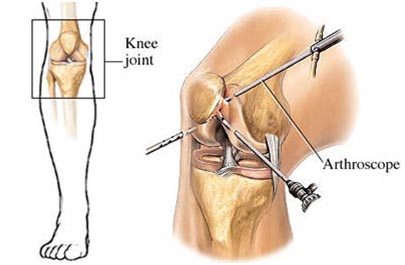 |
| Nice To Know: |
Recent technology has led to the development of specialized absorbable screws that actually dissolve within the bone over two to three years. |
| Nice To Know: |
|
Synthetic grafts Synthetic grafts (i.e., grafts made from other materials) were commonly used in the 1970s but were generally unsuccessful. There are currently no synthetic ligaments in the U.S. approved by the FDA for primary ACL reconstruction. Researchers continue to try and create the perfect ACL replacement. Major requirements of a prosthetic ligament are that it must be strong, matching the compliance of a normal ACL. It must be durable, withstanding high repetitive loads without wear. It also must be perfectly tolerable to the host without bone, joint, or systemic reaction. |
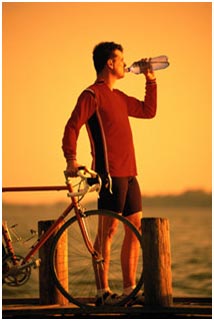 A protective brace is often recommended for athletic activities.
A protective brace is often recommended for athletic activities.| Nice To Know: |
|
Q: What kind of brace will I be using when I return to my sport after rehabilitation? A: There are several types of braces on the market that protect the knee joint. They are all relatively light and user friendly. One important aspect some ACL braces have is that in order to unload stress on the ACL graft, the sequence of fastening the straps of the brace (usually four or five) is very important. Q: I like to snow and water ski. Can I still do these activities after ACL reconstruction? A: Unless the surgeon advises otherwise, most people return to enjoying both of these sports with the use of a brace. However, remember every individual injury is different. Following the recommendations of the surgeon is of utmost importance. |
India Surgery ACL Reconstruction Surgery, Cost Reconstruction Surgery, ACL Reconstruction Surgery, Anterior Cruciate Ligament, ACL, Anterior Cruciate, Ligament Reconstruction, Arthroscopy, Knee Pain, Knee Surgery, India Surgery Tour, ACL Reconstruction Surgery, Help For Injured Knees, ACL Reconstruction Surgery, India Surgery, Reconstruction, ACL Injury, ACL Injury Surgery, ACL Repair, ACL Surgery, Anterior Cruciate, ACL Knee Surgery, ACL Reconstructive Surgery, India ACL Surgery, ACI, Carticel, Articular Cartilage, ACL Reconstruction Surgery Center


